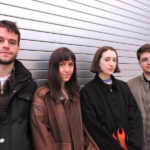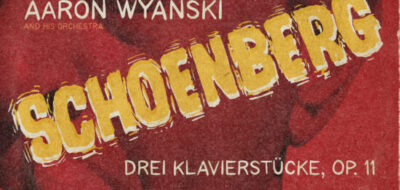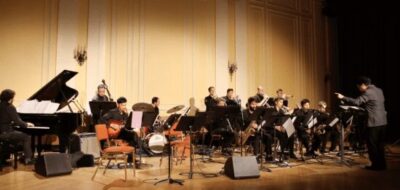There is something beautiful about the mind of a composer of classical music. The way they can manipulate sound to create emotions without the use of lyrics will always amaze me. It takes work to achieve this lofty talent but our new friend Thomas Stief has done his fair share and now wants to share his music with the world. We had a chance to learn more recently. Enjoy the interview below:
Tell us about what drew you to composing music when you first started.
I grew up in Bavaria/Germany and also spent time as a child and young adult in Northern Italy/lake Garda, where my grandfather lived. I started my musical pursuits with classical guitar and early on made first attempts to compose music. The need to create new and genuinely different music, but music that speaks to people, has been an essential part of my artistic aspiration ever since and has taken over as the main avenue of my musical expression.
You dove in and sought high end knowledge. Where did you gain this knowledge and how did the training prepare you?
I studied in Germany at the Munich Music Conservatory, with focus on teaching and performance, and in the US at the University of Southern Mississippi, with focus on composition and music theory. Beyond the required course programs, I continuously embrace other learning opportunities.
Your sound is quite strong and original: how would you personally describe your sound and composing process?
Growing up with stories of travel, surrounded by the tradition of folk, jazz and ethnic music as well as European classical orchestra music has shaped my own musical vocabulary and language. My own extended work travels, and my interest in nature, peoples & cultures of the places we visit and live at, are a natural outcome of how I grew up, and are a major influence on my work as a composer: what I see, do and experience leaves something behind that serves as nucleus and inspiration for my musical works. The process of creating does not necessarily connect directly with an experience and often happens very fast.
Who would you say are your biggest influences for this sound?
Claude Debussy, Heitor Villa Lobos, Leo Brouwer, Luigi Zaninelli, Antonio Gaudi (yes, the architect), many of the European classical and romantic composers, also some jazz and rock musicians (one of my favorites being Jethro Tull)…and more!
Your latest composition “Path Of A Sunray” is a phenomenal piece. Tell us how that came to be?
“Path of a Sunray” is a very important part of my own spiritual journey and healing, hence the subtitle with the quote: “… si nos consideramos dignos de aquello por lo que hemos luchado, y nos convertimos en un instrumento de Dios, ayudamos el Alma del Mundo y comprendemos nuestra razón de ser.” Paulo Coelho, El Alquimista (used with permission ) “Path of a Sunray” for orchestra is the impressionistic synthesis of many sun images – in the tropical and lush Sri Lankan rain forest, on dry and hot days in the North African desert or the East African savannah, and from views of tropical oceans and waterfalls sparkling with sun rays. Another driving force in creating “Path of a Sunray” was my exposure to and interest in, Eastern and Western philosophy – how different cultures view the process of spiritual growth, healing and catharsis; different ideas and common human experiences.
Are you still based in Yangon? What is that part of the world like for classical musicians?
Yes. Yangon, at this point , is clearly an emerging music destination in respect to western classical music, but that is not my focus here: I am teaching music at one of the international schools here in Yangon; for writing music, I can be anywhere in the world.
You recently signed with a publisher. Where do you aim for your music to go with them?
For most of my adult life, I have lived and worked in different countries in Africa, South America and Asia. This means that I need to work with a team of trusted high caliber professionals in the US and Europe to accomplish high quality production, publication and successful marketing of my work. I consider myself fortunate in that I have managed to find people, who fit that description and who believe in my work. My sheet music publisher, Imagine Music Publishing/NY produces and markets the sheet music. Budapest Scoring Orchestra/Hungary and Dynamedion PostProduction are other important elements in the process.
What is next for Thomas J. Stief?
My next project is to get “Song of the Ocean” (Orchestra) and “Wind Spirit” (Orchestra) recorded, to complete the sheet music publication at Imagine Music/NY of my latest works, “Contours I” (Orchestra), and “Melody for Piano and Orchestra, then get those recorded. At the same time, I plan to have more of my orchestral works performed live and marketed for movie/video game productions. “Path of a Sunray” for orchestra, “Song of the Ocean” (Orchestra) and “Wind Spirit” (Orchestra) together form the “Caribbean Trilogy” written while we were living on the island of Curacao; I would love to see the entire trilogy performed in one program!
Learn and hear more at: http://thomasjstief.com/









